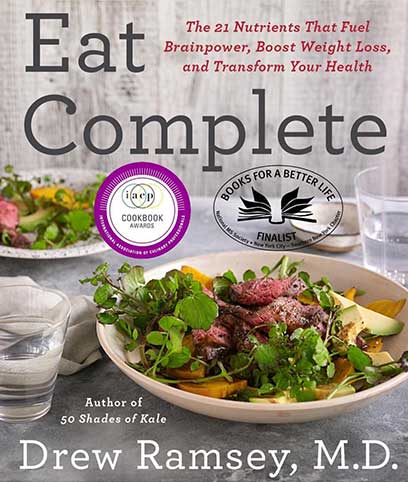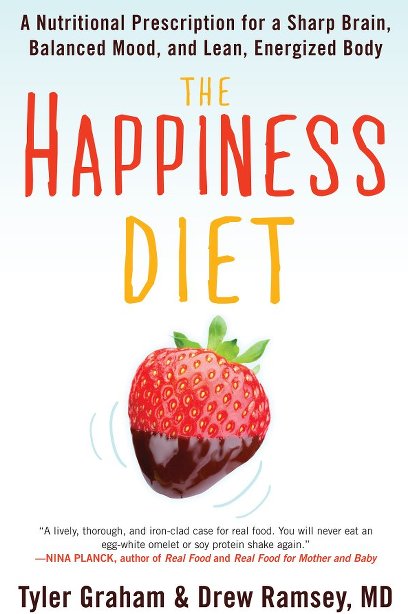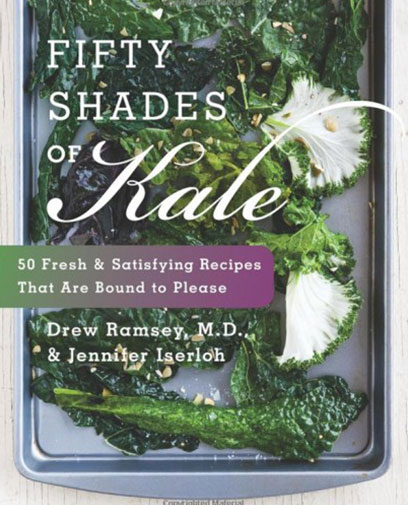If you’ve ever wondered whether junk foods really do affect your kid’s behavior, then this is a study designed for you.
| Authors | L.M. Pelsser, K. Frankena, J. Toorman, H.F. Savelkoul, A.E. Dubois, R.R. Pereira, T.A. Haagen, N.N. Rommelse, J.K. Buitelaar |
| Institution | ADHD Research Centre, Eindhoven, Netherlands |
| Publication Name | Lancet |
| Publication Date | February 2011 |
Background: The effects of a restricted elimination diet in children with attention-deficit hyperactivity disorder (ADHD) have mainly been investigated in selected subgroups of patients. We aimed to investigate whether there is a connection between diet and behaviour in an unselected group of children.
Methods: The Impact of Nutrition on Children with ADHD (INCA) study was a randomised controlled trial that consisted of an open-label phase with masked measurements followed by a double-blind crossover phase. Patients in the Netherlands and Belgium were enrolled via announcements in medical health centres and through media announcements. Randomisation in both phases was individually done by random sampling. In the open-label phase (first phase), children aged 4-8 years who were diagnosed with ADHD were randomly assigned to 5 weeks of a restricted elimination diet (diet group) or to instructions for a healthy diet (control group). Thereafter, the clinical responders (those with an improvement of at least 40% on the ADHD rating scale [ARS]) from the diet group proceeded with a 4-week double-blind crossover food challenge phase (second phase), in which high-IgG or low-IgG foods (classified on the basis of every child’s individual IgG blood test results) were added to the diet. During the first phase, only the assessing paediatrician was masked to group allocation. During the second phase (challenge phase), all persons involved were masked to challenge allocation. Primary endpoints were the change in ARS score between baseline and the end of the first phase (masked paediatrician) and between the end of the first phase and the second phase (double-blind), and the abbreviated Conners’ scale (ACS) score (unmasked) between the same timepoints. Secondary endpoints included food-specific IgG levels at baseline related to the behaviour of the diet group responders after IgG-based food challenges. The primary analyses were intention to treat for the first phase and per protocol for the second phase. INCA is registered as an International Standard Randomised Controlled Trial, number ISRCTN 76063113.
Findings: Between Nov 4, 2008, and Sept 29, 2009, 100 children were enrolled and randomly assigned to the control group (n=50) or the diet group (n=50). Between baseline and the end of the first phase, the difference between the diet group and the control group in the mean ARS total score was 23•7 (95% CI 18•6-28•8; p<0•0001) according to the masked ratings. The difference between groups in the mean ACS score between the same timepoints was 11•8 (95% CI 9•2-14•5; p<0•0001). The ARS total score increased in clinical responders after the challenge by 20•8 (95% CI 14•3-27•3; p<0•0001) and the ACS score increased by 11•6 (7•7-15•4; p<0•0001). In the challenge phase, after challenges with either high-IgG or low-IgG foods, relapse of ADHD symptoms occurred in 19 of 30 (63%) children, independent of the IgG blood levels. There were no harms or adverse events reported in both phases.
Interpretation: A strictly supervised restricted elimination diet is a valuable instrument to assess whether ADHD is induced by food. The prescription of diets on the basis of IgG blood tests should be discouraged.
Funding: Foundation of Child and Behaviour, Foundation Nuts Ohra, Foundation for Children’s Welfare Stamps Netherlands, and the KF Hein Foundation.








